If you’re a man or a woman with a 37 inch waist, then it’s highly likely that you’re carrying excess body fat.
There are, however, some exceptions to this, as you’ll learn in just a minute.
For most individuals, though, slimming their 37 in waist via a healthy, sustainable diet and a regular exercise regime will significantly improve their health and body composition.
You can also learn how to measure your waist circumference correctly so that you can get an accurate reading. Alternatively, you can check out the articles linked below to see how your waist stacks up.
What does a 37 inch waist look like?
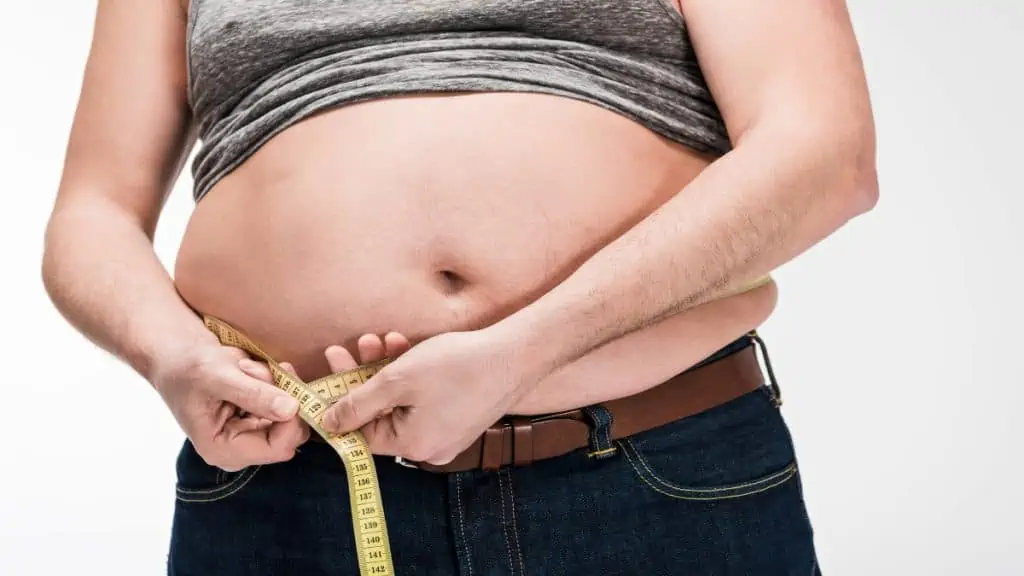
What does a 37 inch waist look like on a man and a woman? It depends on your height, build, and body composition, but for most people, having a 37 inch waist means having excess body fat and a large stomach.
The shorter that you are, the larger that your 37″ waist will look, and the more it will appear to protrude out.
This is simply because when you’re short rather than tall, your body mass is distributed over a smaller surface area; hence, your circumference measurements look bigger.
On the other hand, if you’re a tall male weight lifter, for example, then it’s conceivable that you could have a 37 inch stomach without carrying too much body fat.
This is because if you have well-developed abdominals and obliques, then your waist will get thicker, which in turn will increase your circumference measurement.
Of course, you’re unlikely to have a 37 in waist that consists of pure muscle and minimal fat. But if you’re in the off-season and you have a large frame, then you may well have a 37″ waist while you’re bulking.
Is a 37 inch waist big for a woman?
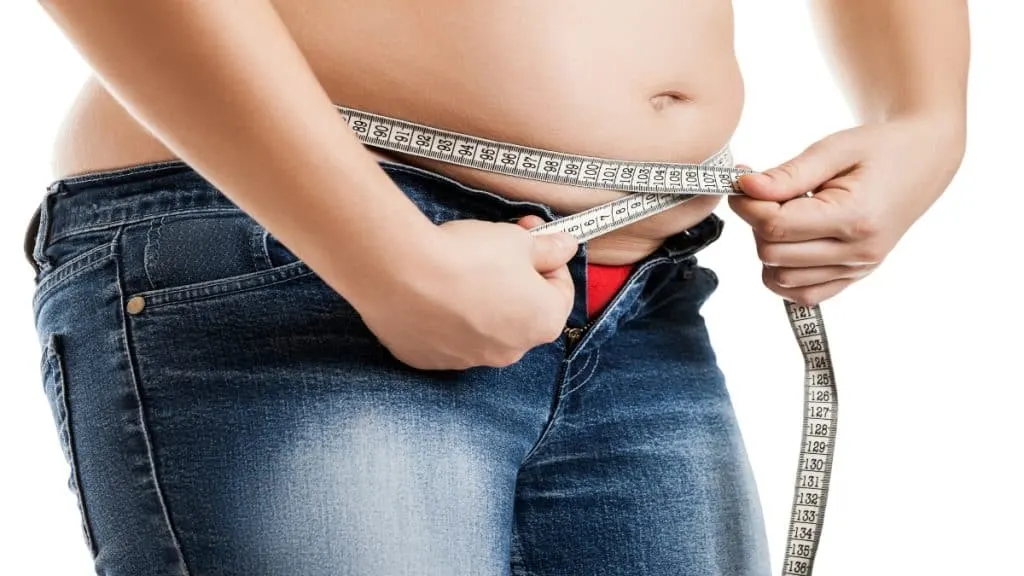
Based on US anthropometric data, a 37 inch waist is actually an inch smaller than average for a woman.
Now, this isn’t to say that a 37 inch waistline won’t look big on a female because it almost certainly will. Rather, it is to say that you shouldn’t despair at having a 37 in waist because you’re not as bad off as other women are.
According to the National Heart, Lung, and Blood Institute, a 37 inch waistline is 2 inches too large for a woman and can increase your risk of developing heart disease and type 2 diabetes. [1]
Other research recommends 32 inches as the cut-off point for being considered low risk (as a woman) for conditions like cardiovascular disease and hypertension. [2]
Is a 37 inch waist big for a man?
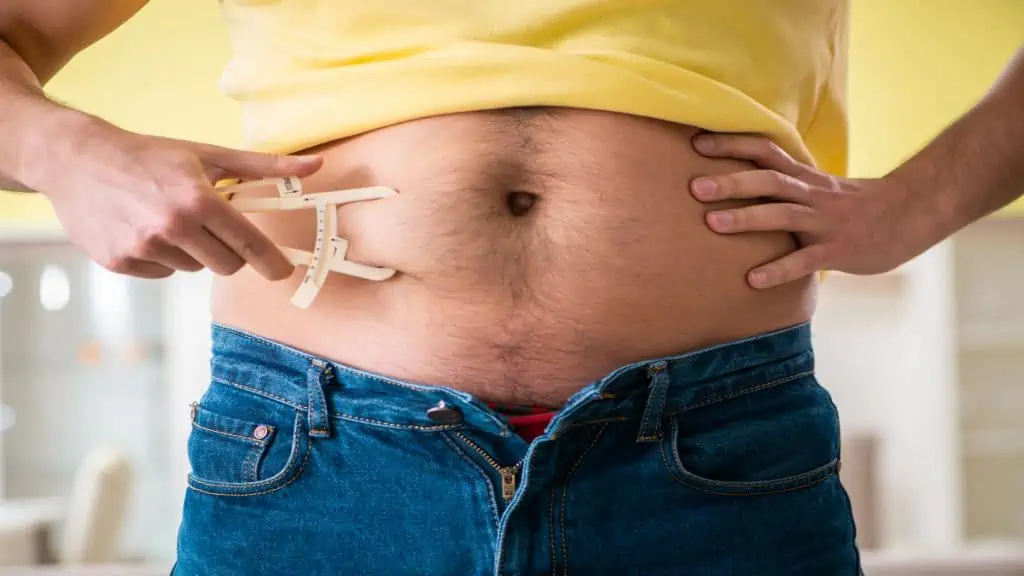
Yes, even though a 37 inch waist is still a few inches smaller than average for an American man, it’s likely that your 37 in waist will still look large.
It’s also likely that you have an overweight BMI if you have a 37″ waist.
Previously cited research recommends that men keep their waist below 37 inches if they want to lower their risk of having high cholesterol and high blood pressure.
So at 37 inches, you’re on the cusp of having an excessively big stomach and would likely benefit significantly from losing weight and, more specifically, belly fat.
This is because having excess belly fat (what some call abdominal obesity) can lead to the build of visceral fat (fat stored around your internal organs). [3]
Ultimately, having too much visceral fat can lead to the development of heart disease, diabetes, and certain types of cancers.
How about a 37.5 inch waist?

Is a 37.5 inch waist too big? In most cases, yes, a 37.5 inch waist is too big for most people to live in optimal health.
Depending on which source you look at, a 37.5 inch waist is between 2 and 6 inches too big for a woman.
For a man, it’s right around the cusp of being considered high risk for various chronic diseases.
The good news is that by following some simple and proven training and diet tips, you can slim your 37″ waist significantly and live in better health.
How can you slim your 37 in waist?
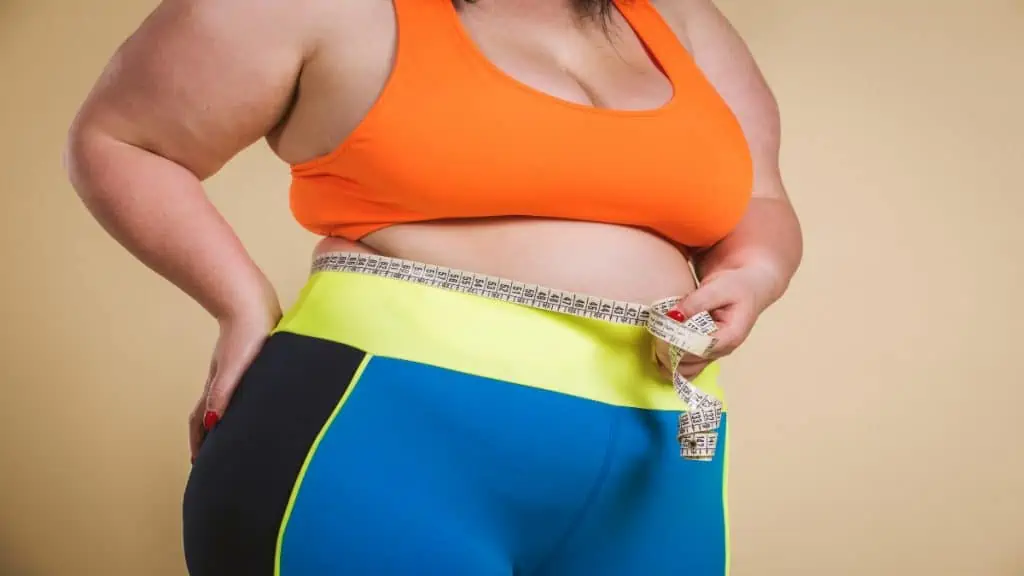
If you want to trim your waistline and energize your body, then make sure that you’re performing physical exercise on a regular basis.
Strength training will boost your bone and muscle mass while torching plenty of calories in the process. While you can certainly hit the gym to pump some iron, you can also get a great weight training workout at home with some resistance bands and your body weight.
Aerobic exercise will improve your cardiovascular health and energize your body with an endorphin boost—and there are so many options to choose from.
A simple walk in the park is a great place to start. Besides being free and enjoyable, walking outside gets you closer to nature and helps your body to loosen up, which is invaluable if you work behind a desk all day.
On the diet side of things, eating wholesome foods that have plenty of fiber can help you to burn belly fat. [4] You should mostly avoid foods that are processed and high in sugar and instead focus on consuming quality foods that have healthy fats and proteins.
A few examples are salmon, eggs, potatoes, nuts, green vegetables, berries, and beans. There are, of course, many more healthy foods out there that can help you to reduce your 37 inch waist size and live in better health.
The verdict: Should you be worried about having a 37 inch waistline?
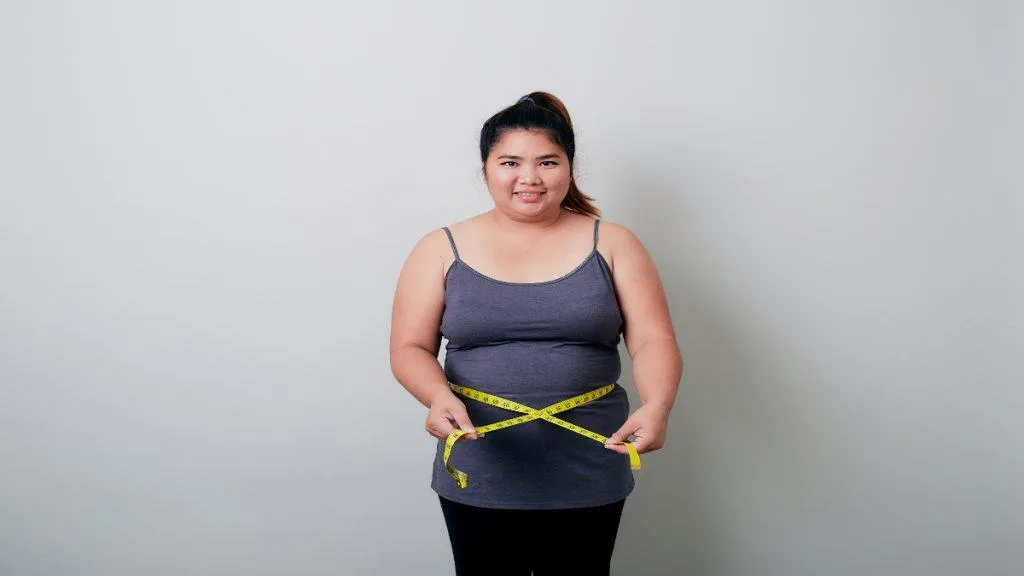
Although you can certainly look great and be happy with your body while having a 37 inch waist, such a measurement isn’t optimal for your long-term health.
Of course, health isn’t measured in inches, but certain circumference measurements (such as your waist size) are still valuable indicators of your current health status.
In summary, while most people with a 37 inch waist should seek to lose weight and body fat, your starting point could be a lot worse than 37 inches.
So, in a sense, you’re lucky because you don’t need to lose that much weight in order to bring your waist measurement down into the healthy range.
References
- National Heart, Lung, and Blood Institute. (2022). Assessing Your Weight and Health Risk. Nhlbi.Nih.Gov. https://www.nhlbi.nih.gov/health/educational/lose_wt/risk.htm
- Han, T. S., van Leer, E. M., Seidell, J. C., & Lean, M. E. (1996). Waist Circumference as a Screening Tool for Cardiovascular Risk Factors: Evaluation of Receiver Operating Characteristics (ROC). Obesity Research, 4(6), 533–547. https://doi.org/10.1002/j.1550-8528.1996.tb00267.x
- Wade, M. (2015, July 31). The Risks of Belly Fat. WebMD. https://www.webmd.com/diet/obesity/features/the-risks-of-belly-fat
- Sassos, S., & London, J. (2021, November 2). 35 Supercharged Kitchen Staples That’ll Help You Lose Weight. Good Housekeeping. https://www.goodhousekeeping.com/health/diet-nutrition/advice/g781/belly-fat-foods/

